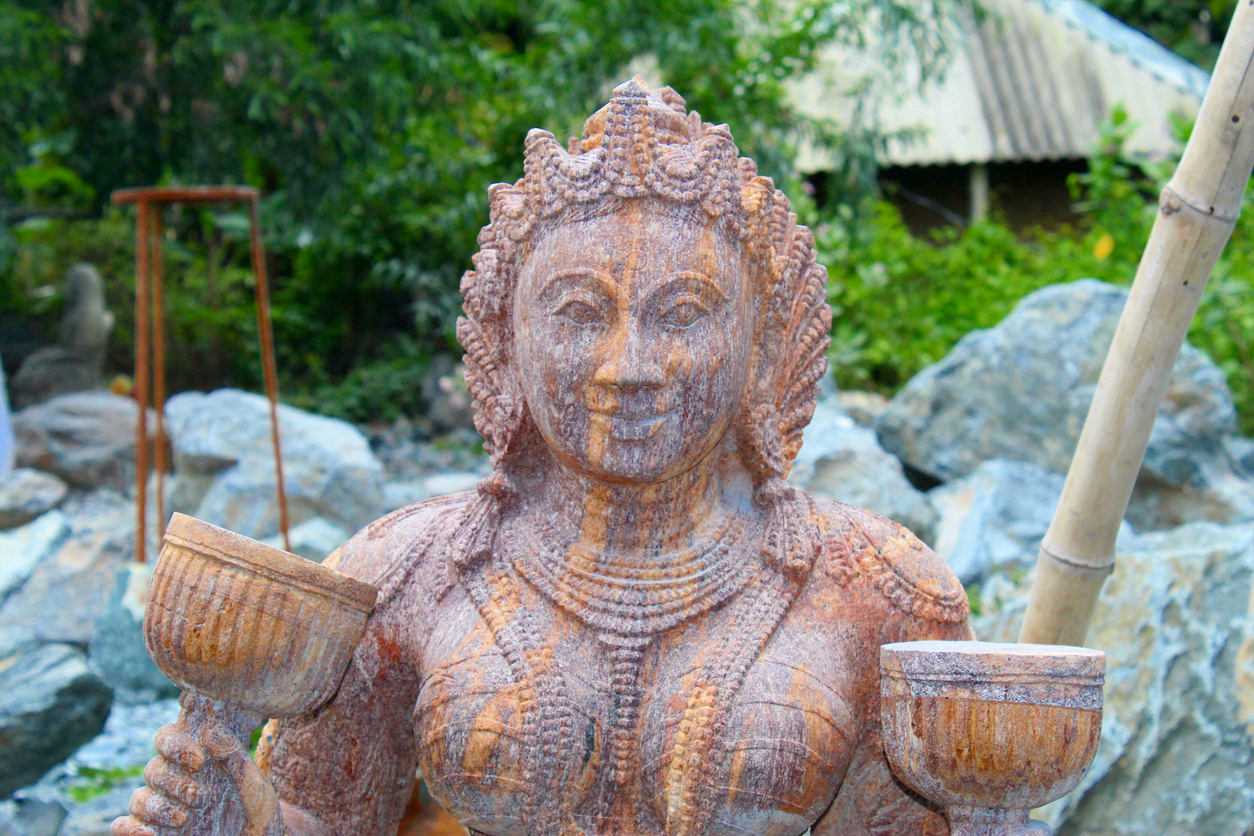
Pa Ranjit's speech and its misogynistic undertones are disturbing

The recent Pa.Ranjit-Rajaraja Chola controversy caused quite the outrage and led to numerous historical accounts and debates on the king who ruled some thousand years ago.
Before I start with where I stand with respect to what happened, I want people to understand my socio-political leanings. I believe in equality, social justice, feminism and would definitely consider my political leaning as more left than anything else. Socially, I am one of the few artistes who claims my identity as belonging to the hereditary art practitioner community of the devaradiyars/devadasis. Also, Padmashri Vazhuvoor Ramiah Pillai, the doyen nattuvanar and my great grandfather, lays claim that Princess Kundavai, the daughter of Rajaraja Chola, learnt dance from his ancestors, another factor that connects me to the subject in question.
This controversy has only disappointed me about several segments of the “progressive” Tamil society. I have been a keen follower and many times a supporter of director Pa.Ranjit’s politics and his stand on issues. I love his movies and the deep-lying significance of what he tries to convey through his actions. But this speech of his was one that was not nuanced and was disturbing because of the kind of misogynistic undertones in its overall tone of gross generalisation.
The director of movies like ‘Kabaali’ and ‘Kaala’ had said, “Lands from the Thanjavur Delta regions that belonged to us were grabbed during his rule by conspiracy. Caste oppression was started during his rule, 400 women were turned into sex workers to work in ‘Mangala Vilas’ during his rule. The devadasi system was implemented during his rule. Around 26 people were sold to the Kolar Gold Field during his rule. So caste discrimination had begun from back then, it isn’t a new problem.”
I am all for his right to free speech and his right to question anything that he thinks as discriminatory against a group of people. Let me break down what it is that was problematic for me with his statement.
While the vilification of one king, Rajaraja Chola, led to such aggressive campaigns, why wasn’t there outrage against the name calling against 400 women — the devar-adiyars dedicated and in service in the Brihadeeswara Temple. Before I am accused of standing for just my caste or community, I would like to add that there is historical proof that dedication of women to temple services was not exclusive to one caste, it was from several castes. So this name calling would be against womenkind and not just women of one community.
While it is acceptable that Pa.Ranjith wants to stand up for a set of marginalised people and their social justice, isn’t it also important to uphold the dignity of the community that was the repository of art and culture? What were the social conditions of women in society a thousand years ago? Were the great grandmothers in your ancestry not subjected to sexual and social abuse and discrimination? Were they not subjected to patriarchal oppression from within and outside their castes and community? Shouldn’t one look at these practices and the lifestyle of men and women then, keeping in consideration the relevance of that period, the culture and the norms of that period? I am tired of uttering this over and over again, but our ancestors and most definitely kings and men in power were polygamous. If a king with several wives and several concubines can be the icon of “Tamil Identity”, these women who were most definitely involved with the powerful kings cannot be equated to sex workers.
I am equally offended by the explanations given by several senior politicians and social commentators concerning the ‘devar-adiyars’. The internet and history books are completely filled with accounts on devadasi and devar-adiyar culture — both the same. The local Tamil nomenclature called these women ‘devar-adiyar’, ‘padi-illar’ and ‘rudra-kanigaiyar’.
There can be absolutely no accuracy in believing that language is a marker to distinguish between devar-adiyars and the generic term ‘devadasi’. For clarifications on the subject one should read up Leslie Orr’s writings on it. It is also quite ridiculous to make this a Tamil versus Telugu debate. My ancestors have lived here for centuries, we belong here. Our identity is our art and culture. And this country’s cultures, even the ones that are now considered the fiefdom of the upper classes and upper castes, have their beginnings and roots in temple and court traditions of which these very women have been true repositories of. Aristocracy has always been based on the idea of ‘absolute power’ to one man and the ones who are favorably placed toward him. And with absolute power comes access to wealth and women.
If we as Tamils believe we are truly a society of higher morals and culture, that we truly understand social justice and equality, we also need to think on the subject of devadasis and devar-adiyars, and change our notions and misogynistic approach towards them, raking up controversy over controversy on the subject.
Instead of retrospection, we deify the social reformers and anti-caste crusaders and create new divisions based on our leaders, making them into powerful unquestionable structures. What is laughable though is the fact that these crusaders themselves wanted to question power structures and worked to build a just society. And I truly believe this is the need of the hour, to remain steadfast, stay together and fight any kind of injustice, oppression and hatred. The right to dignity is for all; social justice cannot be established by stripping the dignity of some.
(The Federal seeks to present views and opinions from all sides of the spectrum. The information, ideas or opinions in the articles are of the author and do not reflect the views of The Federal)


